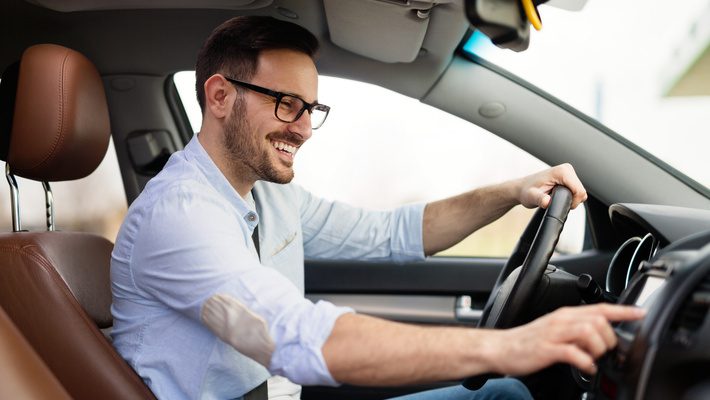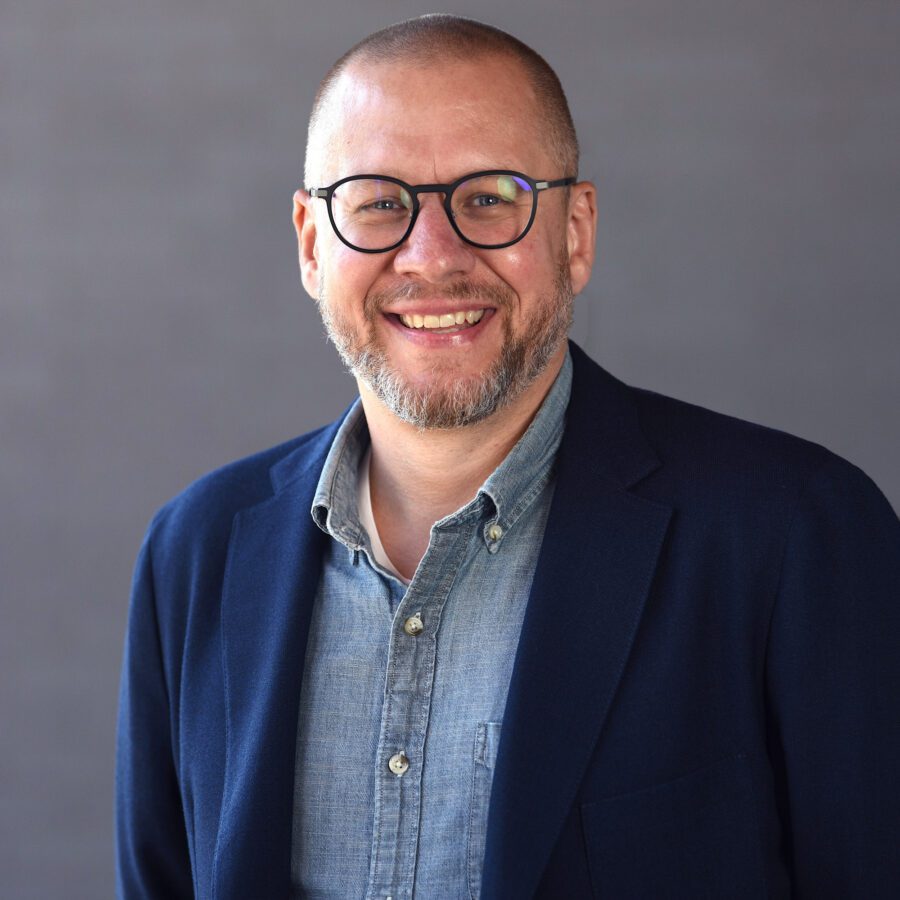When I think about the sustainability landscape today, ESG has dominated the conversation. There have been a variety of terms and philosophies over the years to describe sustainability-related issues and impacts on business, and we’ve seen the popularity of terms come in and out of fashion. Currently, ESG is having its moment in the sun. And though we’ve seen a massive swell in market adoption, the term itself is not without controversy.
In light of the current political climate, some are increasingly challenging the term, labeling it a mask for certain ideologies. Because the sustainability movement is receiving so much attention in public discussions, it’s vital that we agree on a clear definition of the term outside the haze of political rhetoric. This will ensue a clear path forward and that we don’t lose sight of what we’re looking to accomplish.
So let’s take a step back and take a big-picture look. In the context we’re discussing, when we say “sustainability,” let’s boil it down to the simplest definition possible as it relates to a manufacturing business today. In this context, sustainability refers to an organization’s resilience to change or disruption, and its ability to keep doing what it is doing and to operate indefinitely. In order to accomplish this, companies must understand and address any issues that might interfere with their long-term operations.
While most companies have a pretty good grip on the economic essentials — think cash flow, material and labor costs, and the like — this doesn’t represent the whole picture. Just turning a profit isn’t a ticket to everlasting success. There’s a world of environmental and social factors that have been traditionally difficult to quantify financially, and they are now starting to get the attention they deserve.
Here’s where we differentiate between price and cost. Sure, we know how much it costs to produce an item, but what about the less visible environmental and societal tolls? How do you put a value on the long-term health consequences for a community exposed to harmful chemicals? Or the lost opportunities when children forgo education to work? This is what we call “externalities,” and that’s the rationale behind the whole “people, profit, planet” approach — often termed the “triple bottom line.”
The global conversation has shifted immensely, and there’s a growing consensus: these external costs can’t be brushed aside. If they aren’t addressed, there will be profound, worldwide consequences. This global acknowledgment shines through in efforts like the UN Global Compact, International Labour Organization Conventions, and the emergence of many other forms of sustainability-related commitments and frameworks. We’re increasingly seeing regulatory drivers and legal measures, such as the Uyghur Forced Labor Prevention Act and the EU RoHS Directive, being established to address specific issues.
The burning question remains: How do we redefine success in business, moving beyond just quarterly gains? And in this redefinition of success, how do we establish the right workflows to understand, manage, and mitigate risks to a business’s ability to operate indefinitely?
Want to drive sustainability across your entire supply chain? Check out the Supply Chain Sustainability Handbook to start your journey to deep supply chain sustainability!
Defining ESG: The Bridge to Sustainability
All right, so here’s where ESG enters the narrative. For those of you not in the loop, ESG refers to the use of environmental, social, and governance criteria to evaluate a company’s impact. Initially coined by the finance industry, ESG is now a go-to for investors screening potential investments. Companies that excel at ESG are viewed as safer bets for the long haul.
ESG shines a light on areas that business has often overlooked and struggled to quantify in terms of risks and impact. It’s encouraging to see regulators, investors, and consumers rally around ESG as a unified way to convey performance and set standards. There’s this saying I’m fond of: “What gets measured gets managed.” ESG is our best shot yet at quantifying these non-financial pitfalls, ensuring they’re factored into the business equation.
The bottom line? Despite all the noise and controversy around the term, ESG isn’t just some trendy buzzword. It’s a toolkit, a lens through which you can gauge and manage the non-financial risks within your operations and supply chain. And when you cut out the noise, and connect back to the big picture around the intent, this holistic approach ensures you are applying a wider lens to measure long-term viability and success, managing risks appropriately and staying in tune with evolving downstream stakeholders’ requirements.
Navigating the Intersection of Sustainability & ESG
Let’s not lose sight of the big picture. If sustainability is our “why,” then ESG is our “how.” To truly future-proof your operations, you’ve got to look beyond mere financial metrics.
At Assent, we’re all in on championing deep-rooted supply chain sustainability. You’re not just keeping up with buzzwords — you’re future-proofing your business.
To see how Assent can support your sustainability journey, Contact us















